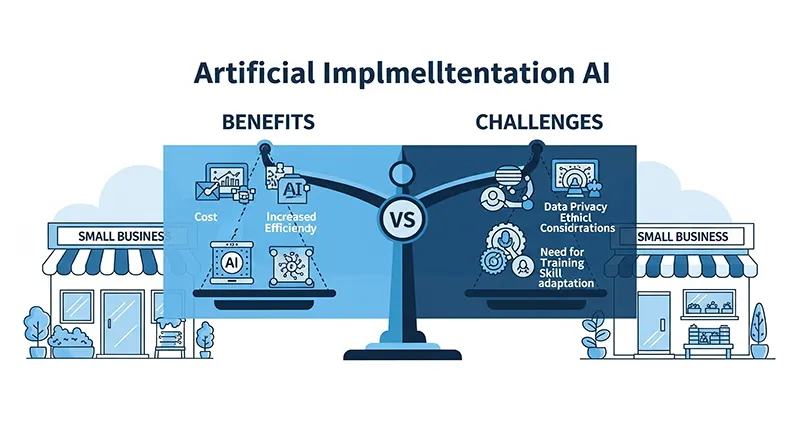5 Core Benefits of Data Observability for Your Data Team
The modern digital-first reality means that data teams are operating more complex pipelines distributed across multiple platforms. Maintaining accurate, reliable, and accessible data is not a simple task. That is where data observability comes in — to provide complete visibility into the health of your data ecosystem.
Why Your Data Team Needs Data Observability
Any contemporary data team cannot do without the ability to deliver improved insights and enhanced business results. These are five fundamental advantages it presents to present-day data teams.
Improved data reliability
Any decision is based on reliable data. Data observability enables software development teams to identify data anomalies, such as missing fields, schema modifications, or broken pipelines, before they reach their downstream consumers. This ensures that stakeholders can be assured of valuable insights.
Faster issue resolution
It is common to take time to identify the source of the problem. It is observable in real-time with alerting, enabling … Read the rest












